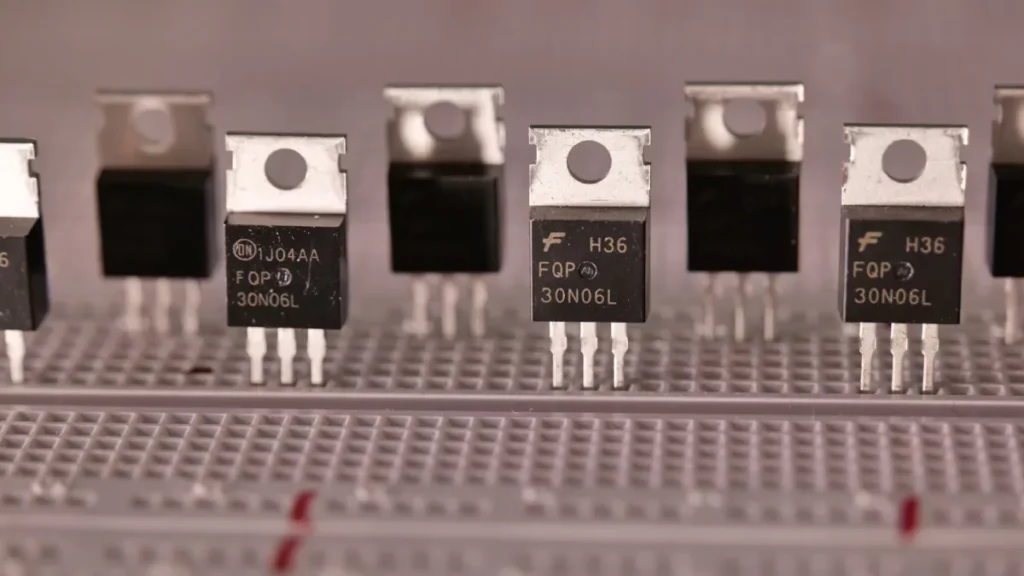Researchers Develop Single Molecule Transistor with Mechanical Forces, Promising to Revolutionize Electronics
A pioneering breakthrough in electronics has been made by a team from the S. N. Bose National Centre for Basic Sciences, led by Dr. Atindra Nath Pal and Biswajit Pabi. Their research has led to the creation of a single-molecule transistor that operates through mechanical forces, unlike conventional transistors that rely on electrical signals. This innovative approach is poised to revolutionize various fields, including quantum information processing, ultra-compact electronics, and advanced sensing technologies. The potential of this development lies in its ability to miniaturize electronic devices while maintaining high performance.
The foundation of this single-molecule transistor is the mechanically controllable break junction (MCBJ) technique, a highly precise method that allows researchers to manipulate molecules at the atomic level. In this process, a piezoelectric stack is used to carefully break a macroscopic metal wire, creating a gap so small that it can accommodate a single molecule. In this case, the team used ferrocene, a molecule composed of an iron atom sandwiched between two cyclopentadienyl (Cp) rings. Ferrocene is known for its unique electronic properties, which change in response to mechanical forces applied to the molecule, making it ideal for this experiment.
One of the most striking aspects of this research is the ability to control electron flow at the molecular level. By mechanically gating the system, the researchers demonstrated that it’s possible to modulate the electrical conductivity of the device. This precise control over electron transport opens new possibilities for molecular electronics, where single molecules can act as fundamental components like transistors, diodes, and switches in circuits. This could drastically reduce the size of electronic components, pushing the boundaries of Moore’s Law further into the realm of molecular-scale devices.

The research team also uncovered that the transistor’s performance is highly dependent on the molecular orientation of the ferrocene molecules within the silver electrodes. The exact alignment of these molecules can significantly alter the electrical conductivity through the junction, either enhancing or reducing the flow of electrons. This finding underscores the importance of molecular geometry in designing next-generation transistors, where atomic precision will be crucial for optimizing performance and ensuring consistent results across devices.
In addition to its potential in computing, this technology could have major implications for quantum information processing, where the ability to manipulate single molecules and their electronic states is essential. By offering a way to control electron flow with mechanical forces, this single-molecule transistor could serve as a critical building block for quantum circuits and other quantum-based technologies. The inherent properties of molecules like ferrocene also make them suitable for integration into nanoscale sensors, where molecular-level interactions can be harnessed for high-precision measurements.
The development of a mechanically controlled single-molecule transistor represents a significant leap forward in molecular electronics. As the technology matures, it could pave the way for a new era of ultra-miniaturized devices, potentially transforming everything from consumer electronics to medical sensors and quantum computing systems. The ability to manipulate and control individual molecules opens the door to a host of new applications, making this a truly exciting development in the future of electronics.


















